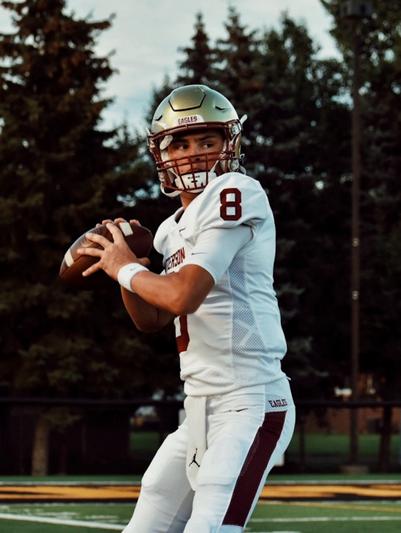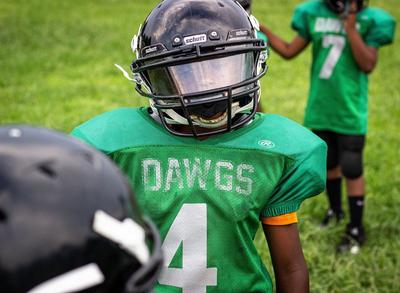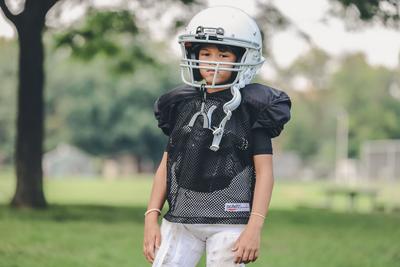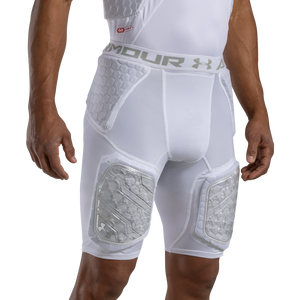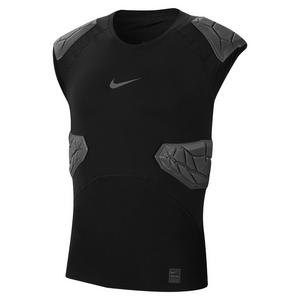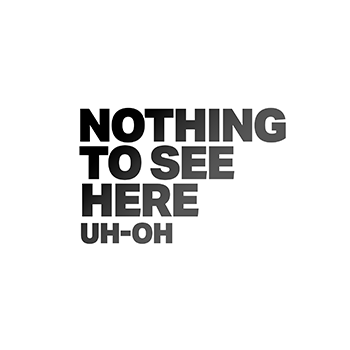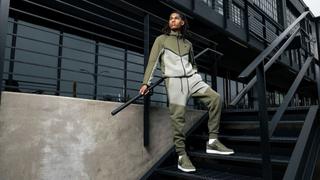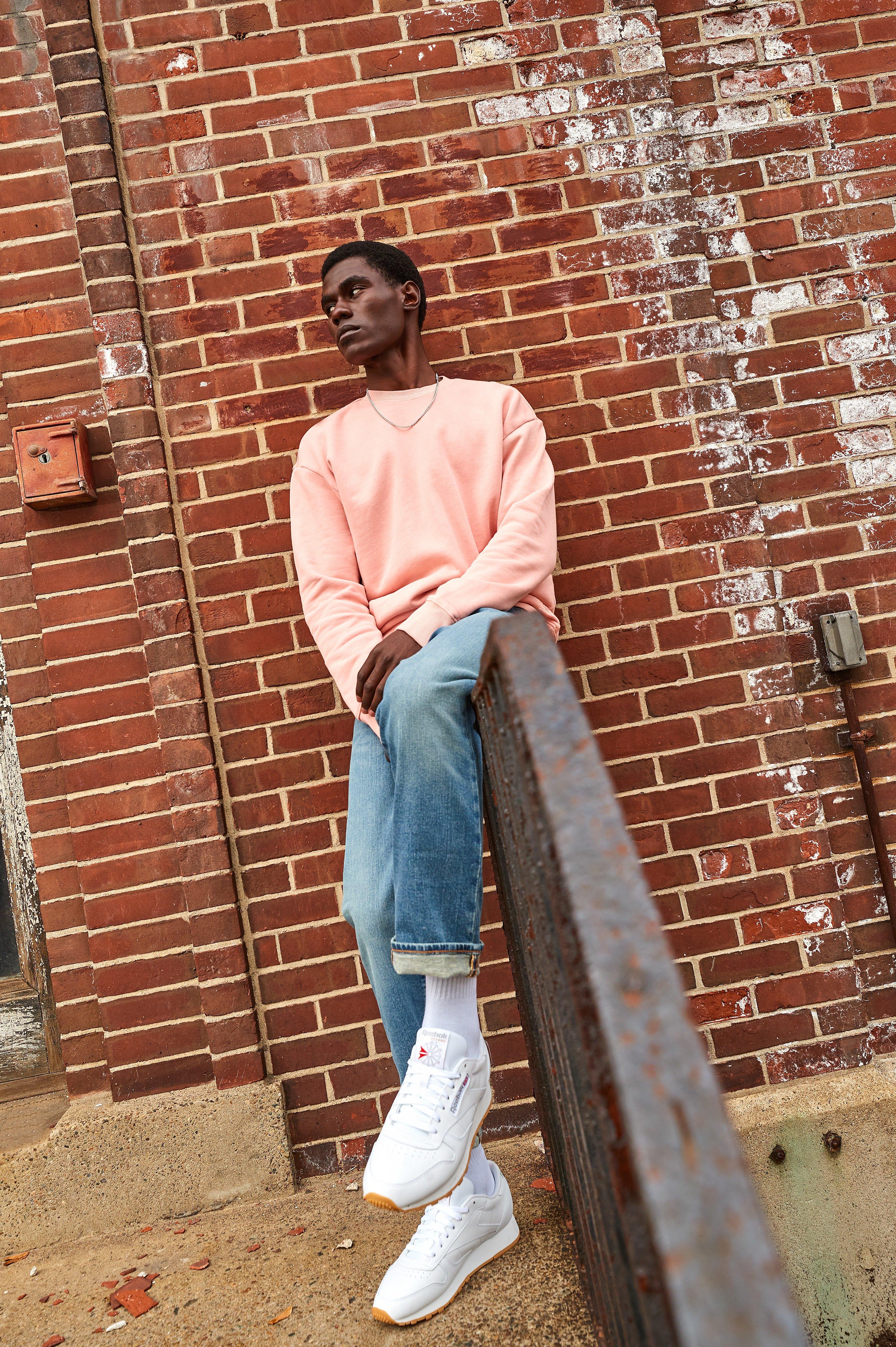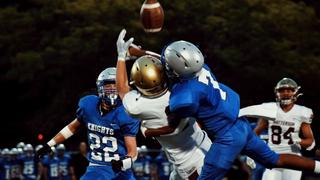Football shoulder pads are a simple, effective piece of equipment that provides maximum protection for the shoulder area while on the gridiron. However, equipping young players with shoulder pads that deliver the proper combination of coverage, performance and safety can be a tricky task. Here’s what you need to know about measuring your player to ensure the best fit, no matter their playing position.

Dec 11, 2025
Celebrate the season in style—discover Christmas sneakers that combine festive flair with everyday comfort, perfect for gifting or showing off.
Read More

